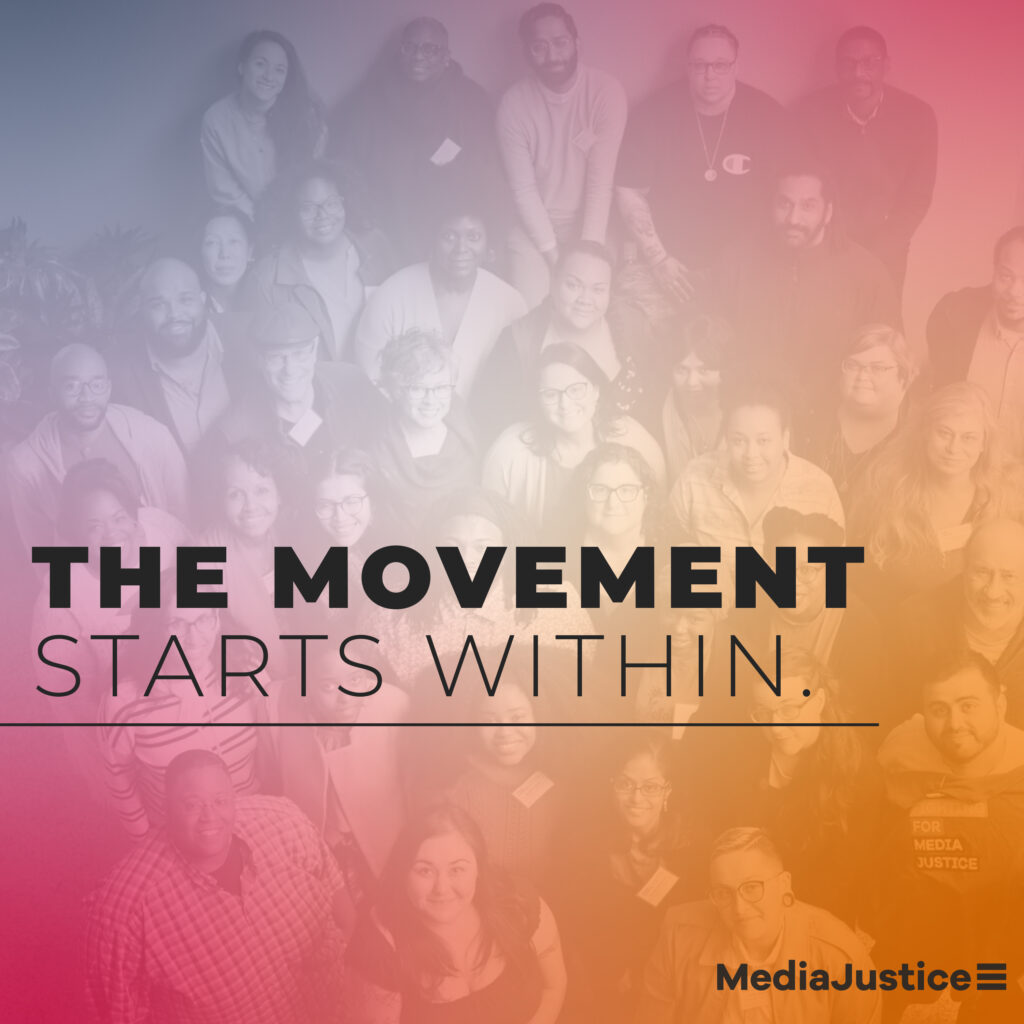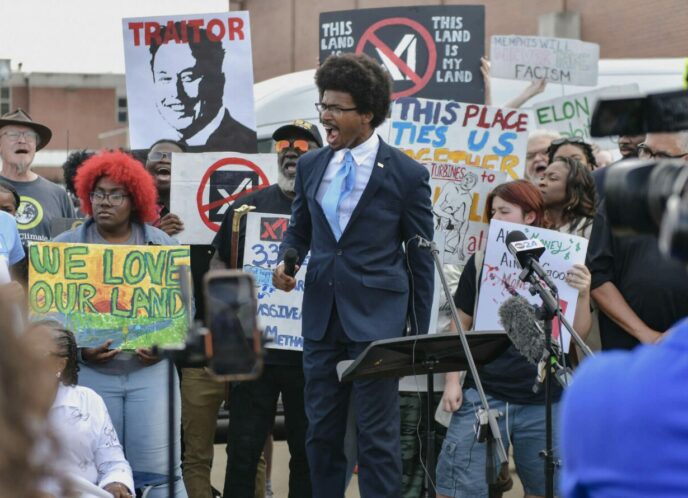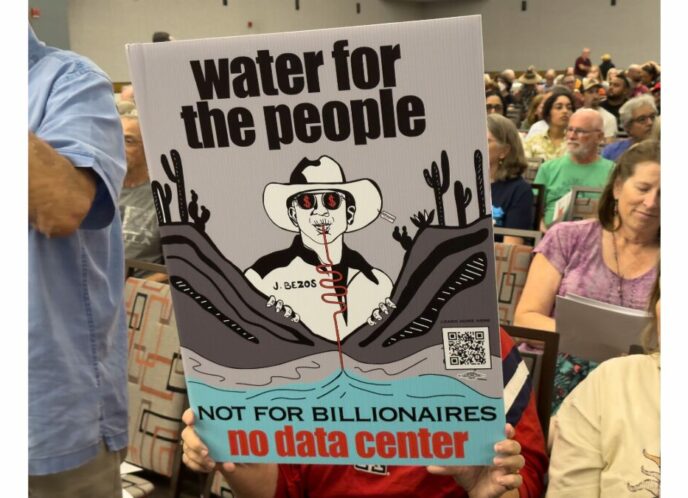By Shubha Balabaer, Director of Operations
Last year, when I led our efforts to revamp MediaJustice’s benefits, I realized that it can be tempting to simply figure out what other organizations do, and meet or exceed those norms. However, with that approach, we never actually challenge what those norms are. We also miss the opportunity to take a step back and ask ourselves – who are our people, who do we want our people to be, and how do we help our people survive and thrive?
But while we value protections and benefits like universal healthcare and multiple years of parental leave (those toddler years don’t suddenly get easier!), I also had to hold the realities of being financially sustainable in the long-term.
So, I revamped our benefits by working backwards.

Step One: What fringe rate is right for us?
I drafted multiple salary projections 10 years into the future, varying the number of staff with each projection. Then, I projected the total personnel budget by applying a few different fringe rates from 25% – 38% to those salary estimates.
To estimate the total budget for the organization in each of these scenarios, I used the past 5 years of data to figure out what our typical ratio has been of personnel costs to non-personnel costs. That allowed me to look at the next 10 years, at different fringe rates, and what that would mean for our overall budget. With those estimates in hand, our Executive Director (Steven Renderos) and Director of Development (Glendaliz Camacho) could weigh in on what fringe rate feels doable for us at this moment in time.
Of course, your acceptable fringe rates will vary based on your sources of funding. Having previously worked in government-funded organizations, I know there can be much less room for flexibility – but the good news is that you will know exactly what fringe rate you’re working with for the next steps.
Step Two: What are our peers offering?
Doing research on what other organizations offer is important, but it wasn’t what guided what we ultimately chose to offer our staff. We learned about what other organizations did, to push us beyond our own stuckness around the status quo. Additionally, we also had long-term sustainability in mind which requires us to be competitive in our salaries and benefits. We didn’t pay much attention to nonprofit benchmarking reports, instead getting suggestions from other like-minded groups through the CompassPoint listserv, Rad Ops Facebook group, the Leap policies, and the RadHR website. We also looked inward for research insights. When surveying our current staff, also considered who is NOT represented on staff. In our case, only 2 of us right now on staff have dependents, so we asked ourselves what we could do to make our organization more sustainable for people with children and dependents, or who may choose to have children or need to caretake for others in the future.
Step Three: How can we align our dreams with our resources?
We created our big wishlist of benefits and policies based on everything we learned.
Then, I went back to my old friend, the spreadsheet. I mapped out what it would cost, as a percentage of salary, if we did all the benefits.
Although some policies and benefits have non-quantifiable costs, I still tried where possible. For example, with parental and medical leave I would have loved to offer 2 years of leave, but intuitively felt this wasn’t possible. To try to figure out what we could offer, I used the PL+US calculator to estimate costs. To be fair, this involved a lot of guesstimates – we have staff all over the country – some in states that cover part of family leave and some that don’t – and we had to make estimates on how many people may need leave based on our people. We also made a commitment to creating a budget line item to hire temps when people go on leave – but know that the ability for a temp to take on a few months of work varies depending on the person’s role. However, by trying to think through the financial implications of long-term leave, it forced us to question our gut reactions and truly think about what is possible and what it may cost.
Not surprisingly, if we did all the benefits on our dream list, the costs would have exceeded the fringe rate. But from here, we could sit down and figure out what to reduce.
The most surprising thing to me was that we found we could afford way more than the status quo told us was ok.
Step Four: Where do we go from here?
For this first year, we were conservative in our estimates given an uncertain economic future and not wanting to overcommit. We made a commitment to checking in again in a couple of years to see how our actual expenses have compared to our fringe rate. And at that time, now that we’ve gotten everyone a baseline of benefits, we hope to engage all staff in a more collaborative process to decide what we do next.



